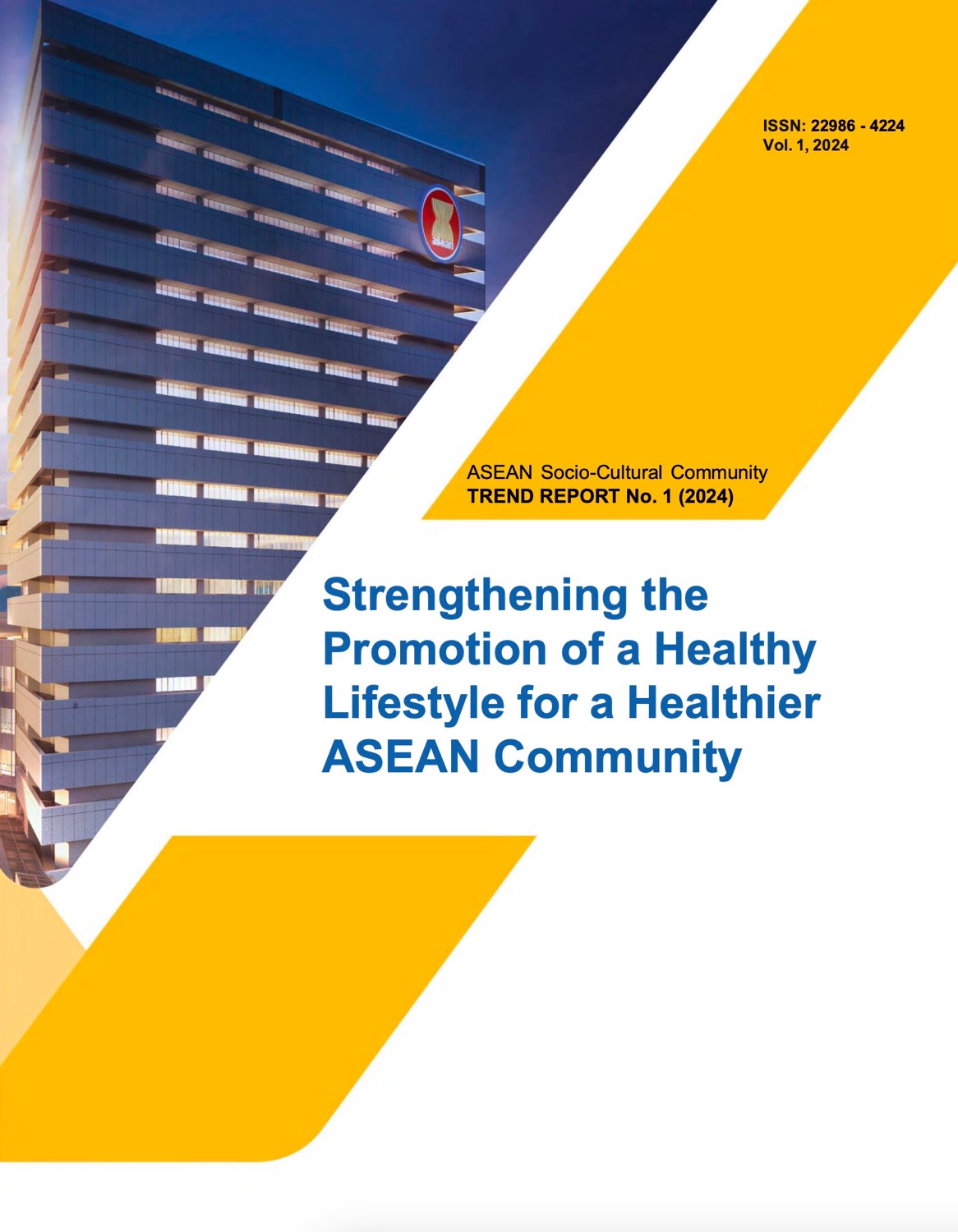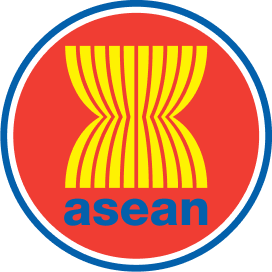

Executive Summary
- Noncommunicable diseases (NCDs) are the leading causes of mortality. Four major risk factors cause this: tobacco use, harmful use and consumption of alcohol, physical inactivity, and unhealthy
- In the area of prevention of injuries, ASEAN accounts for many Road Traffic Injuries (RTIs) and occupational Although ASEAN Member States (AMS) have shown their efforts in promoting road safety and occupational safety and health (OSH), innovative actions are needed to enforce road safety and OSH.
- The Southeast Asia (SEA) region has a significant gap between treatment needs and mental healthcare availability. To address these, ASEAN acts as a market and a developer for mental health applications in treating the region’s mental
- The ASEAN region faces the triple burden of malnutrition in which both the low and middle-income countries (LMICs) and the rapidly growing countries face the growing rise of overweight, micronutrient deficiencies, and the persistent prevalence of undernutrition.
- Although vital actions have been taken to promote a healthy lifestyle, analysis shows that a ‘hit-and-run’ intervention and regulation without integrated multisectoral actionable frameworks are insufficient. Significant efforts are still required to implement systematic initiatives adjusted to the ever-changing conditions of risk factors contributing to NCDs.
- Recommendations to support the implementation of possible actions include: (i) developing a sustainable funding mechanism; (ii) strengthening the capacity of health systems and healthcare personnel, especially those involving preventive actions in primary healthcare; (iii) building building community-based behavioural change initiatives to promote a healthy lifestyle; and (iv) enhancing surveillance system, monitoring, and evaluation process to support the development of effective and sustainable initiatives.
Introduction
Background, Objectives, Methodology, and Limitations
Promoting healthy lifestyle under the ASEAN Health Cluster 1 of the ASEAN Post-2015 Health Development Agenda (2021-2025) aims to achieve the health potential of the ASEAN Community through promoting healthy lifestyle and ensure healthy lives and promote well- being for all at all ages. It comprises seven health priorities: (i) prevention and control of non-communicable diseases; (ii) reduction of tobacco and consumption and harmful use of alcohol; (iii) prevention of injuries; (iv) promotion of occupational health; (v) promotion of mental health; (vi) promotion of healthy and active ageing; and (vii) promotion of good nutrition and healthy diet.
This trend report aims to portray the ASEAN region’s ability and response to promote a healthy lifestyle against the APHD 2021-2025 agenda. In the following chapters, an in-depth analysis of the existing condition in the region is provided, allowing for a deeper look into regional and national efforts such as significant milestones and regulations, challenges, gaps, and rooms for growth.
This report was written using various methodologies: content analysis, comparative or gap analysis, and descriptive analysis for quantitative data. Each method was used to compare and analyze secondary data to give perspectives on the phenomena in ASEAN and its member states.
We acknowledged several limitations in writing this Trend Report, such as unequal capacity and availability, wherein some data is available in several but not all AMS, and a few are outdated or incomplete. Therefore, this report’s internal validity and generalizability should be interpreted cautiously.











